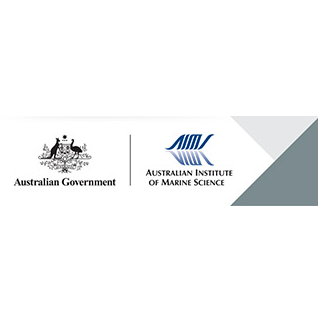Brief description
A marine ecological survey was carried out at Pukapuka Atoll in the Cook Islands in September/October 1986. Initially, the manta tow technique was used to gather baseline information on the resources of the atoll. A trained observer, wearing snorkelling equipment, was towed behind a small boat at approximately 2 knots around the reef perimeter and the lagoon edge. At the end of each 2 minute tow the boat was stopped and the observer recorded the percent cover of hard coral, soft coral, dead standing coral, coralline algae, macroalgae and sand. Species diversity and colony size categories were also recorded. This information was also used for resource mapping and to choose sites for more detailed study. To provide a more detailed and quantitative view of coral communities, benthic life-form line transects were used. The length of intercept of organisms (benthic life-forms) lying under a tape laid across the reef surface along each 50m transect was recorded. These measurements were used to calculate the percent cover and average length of benthic life-forms occurring along each transect. On the outer reef, surveys were carried out at 5m, 10m and 15m depths in order to sample the zonation of coral communities with depth. In the lagoon, transects were carried out along the 3m contour line as the benthos at depths greater than this was predominately sand. Stereophotographs were also taken along the first 10m of the outer reef and lagoon benthic life-form line transects. This method was used to create a permanent visual record of each transect and photographs could be analysed by computer digitisers to provide accurate estimates of abundance, size, shape and three dimensional spatial relationships of objects in the photographs. Monoscopic shots were also taken to give a broader view of the topography. Additional sites were photographed in stereo for future monitoring of competition between coral and algae.Quadrat sampling was used on the shallow reef flats to measure faunal density and diversity. This method was considered appropriate for areas where fauna was small in individual size and patchy in its abundance and distribution. Reef flats were sampled opposite the outer reef transect sites. Each 1m² quadrat was divided into 16 equal portions. Percentage cover of hard and soft coral within each quadrat was recorded. Other fauna were recorded as individual numbers present. No quantitative data on water movements were collected. Visual observations were recorded. A reverse circulating current within the lagoon was identified using fluorescein dye released to the lagoon bottom at various sites. Sediment within the lagoon was sampled using shallow scrapes of the surface sediments at a total of seven sites along north-south and east-west transects. Samples were dried and sieved using standard sieve sizes.A census of fish populations was not undertaken. However, a species list was prepared from incidental observations. Where possible local names for fish were also recorded. Samples of corals were collected from the lagoon and outer reef for further study. The inhabitants of the atoll were also surveyed to provide information on place names, fishing practices and traditional conservation practices. The purpose of this survey was:1) to map reef and lagoon areas with respect to coral cover, reef type, lagoon bottom type, seagrass areas, macroalgal cover as well as populations of indicator fish, giant clams and beche-de-mer 2) to prepare a map of water movements associated with different winds and tides3) to establish suitable coral reef benchmarks as a basis for measuring ecological change4) to prepare a descriptive report on the reef-lagoon complex in accordance with the objectives of the SOPACOAST project and the Pukapukan community. This project was funded by the Commonwealth Science Council (CSC) and the Australian Institute of Marine Science, with support from the Cook Islands Government. The project was undertaken as part of the South Pacific Coastal Zone Management (SOPACOAST) Project Activity II, Pukapuka Marine Ecological Project.Lineage
Maintenance and Update Frequency: notPlannedNotes
CreditAndrews, Greg J, Mr (Principal Investigator)
Modified: 17 10 2024
text: westlimit=-144.6333; southlimit=-10.8833; eastlimit=-144.6333; northlimit=-10.8833
Marine Ecological Survey of Pukapuka Atoll: Andrews GJ (1999) Marine Ecological Survey of Pukapuka Atoll. CSC(99)EPP23 TP308. Commonwealth Secretariat. 93 p.
local : articleId=7645
Marine ecological survey of Pukapuka Atoll. FInal Report November 1987: Andrews GJ (1987) Marine ecological survey of Pukapuka Atoll. Final Report November 1987. Australian Institute of Marine Science. 133 p.
local : articleId=8519
- global : 736fe6f0-8db6-11dc-92db-00008a07204e


